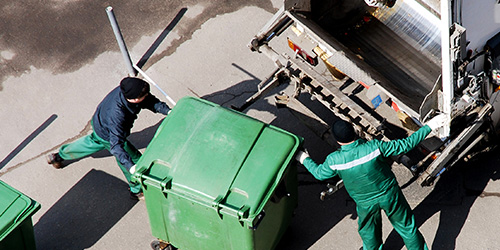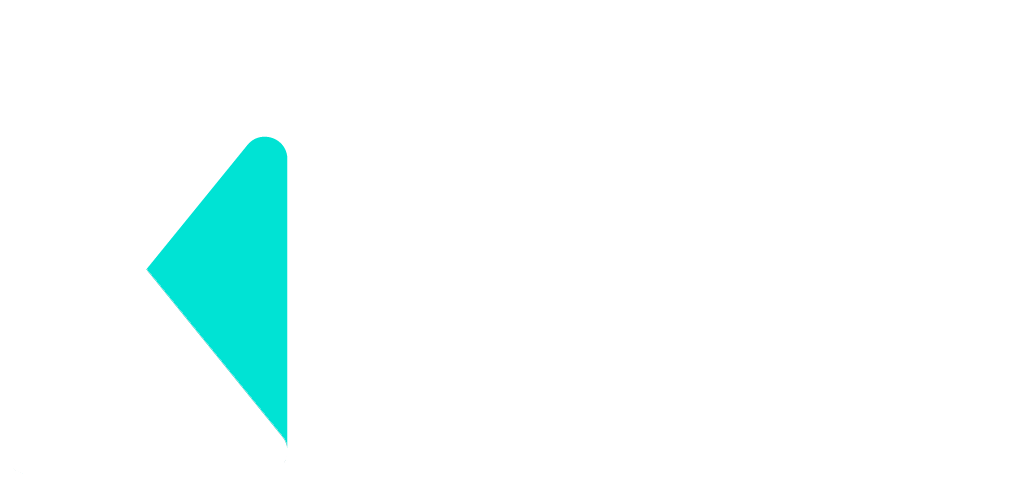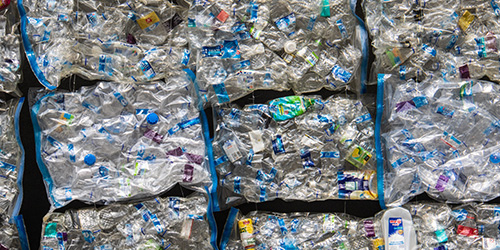Scrutinize waste bills/invoices and raw material purchase records
Your waste bills, produced by your waste contractor should be the primary source of data for examining waste generated combined with raw material purchase records to the facility/organization. The contractor(s) that collects the waste from your organization is required to provide you with waste bills or invoices. These documents should detail the quantity of waste that is collected.
This provides a variety of useful data points including the financial data for processing the waste which can be utilized to assist in calculating the savings that can be achieved as a result of implementing improvements or to estimate the cost of inaction with regards to a particular waste stream. Presenting this information simply and clearly and using it to demonstrate payback on any investment required (whether financial or staff time), will often be essential in obtaining management commitment to any proposed strategies.

The quantity of raw materials and supplies that your organization has bought is possibly detailed in purchase orders. These documents are usually held by an organization’s finance or procurement teams. This financial data can be used to determine savings that result from implementing improvements. It can also help calculate the potential cost of inaction. To obtain management commitment, try presenting this information in a clear and simple way. Use the information to demonstrate payback on any investments made, whether that be through capital or staff time.
Keep the following points in mind when looking at bills/invoices or purchase records:
- Understand what information relates to your organization’s actual consumption or waste generation. Additional charges (e.g., skip rentals or delivery costs) do not reflect on your organization’s waste or resource use. Any landfill tax or other environmental charges, or the cost of reprocessing recyclable material, however, do factor in. These charges will vary depending on how efficiently you use the raw materials you have purchased.
- Determine if the quantities you see in your documents are based on actual or estimated consumption (e.g., the number of bins may have been recorded but bins may not have been completely full each time)
- Make note of the time period of the information. Is every collection of waste or delivery of supplies documented individually or do you have the total quantity for the year? Information lumped into a longer time period (e.g., one year) will not show shorter-term fluctuations in consumption or waste. These shorter-term quantities can help you to determine improvement opportunities.
- Be careful not to look solely at financial information. Changes in price may hide any changes in consumption and waste generation patterns.
- If possible, speak to your raw materials provider or waste collector to ask if they can provide more detailed information on your bills (e.g., breakdown of waste by material and associated volume or weight)

